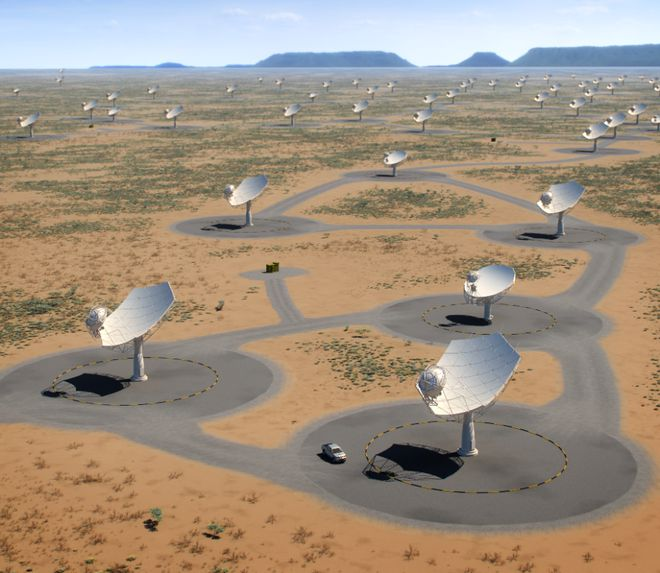Professor Zhang Tongjie's Research Group from the School of Physics and Astronomy published a paper in The Astrophysical Journal
Recently, A research team led by Professor Zhang Tongjie from the School of Physics and Astronomy at Beijing Normal University published a paper entitled "Redshift Drift Effect through the Observation of the H I 21 cm Signal with SKA" in The Astrophysical Journal.This study, based on utilizing SKA's high spectral resolution settings, directly gauges the Universe's expansion acceleration rate by detecting the 21 cm emission from neutral hydrogen (H i). It opens up a new way to the investigation of dark energy.

The abstract of the paper is as follows:
This study presents the findings of using the Square Kilometre Array (SKA) telescope to measure redshift drift via the H i 21 cm signal, employing semiannual observational intervals within a redshift of around z ∼ 1 with a main goal of directly gauging the Universe's expansion acceleration rate with mm s−1 precision. The SKA can detect over 1 billion H i 21 cm emissions from individual galaxies to redshift z ∼ 2 and thousands of absorption lines from damped Lyα systems against bright quasars to redshift z ∼ 13 with a sensitivity limit of 100 mJy. By utilizing SKA's high spectral resolution settings (0.001, 0.002, 0.005, 0.01 Hz) to detect redshift drift, particularly focusing on the 0.001 and 0.002 Hz configuration, one aims to achieve the necessary mm s−1 in precision measurement by the 0.5 yr observation period. The velocity drift rate, crucially determined by the two operational regimes within 0.01–0.21 mm s−1 and 0.031–0.17 mm s−1, exceeds the theoretical accuracy limit of 1.28 mm s−1. The analysis thoroughly restricts cosmological parameters related to dark energy using the Sandage–Loeb (SL) signal from the H i 21 cm emission and absorption lines. It estimates a H0 of about 70 km s−1 Mpc−1, Ωm near 0.3, and w close to −1, w0 around −1, and wa approaching −0.1. These results strongly endorse the SL effect as an effective method for confirming cosmic acceleration and exploring the dark sector in real-time cosmology with the SKA.
Full text link:https://doi.org/10.3847/1538-4357/adae89


